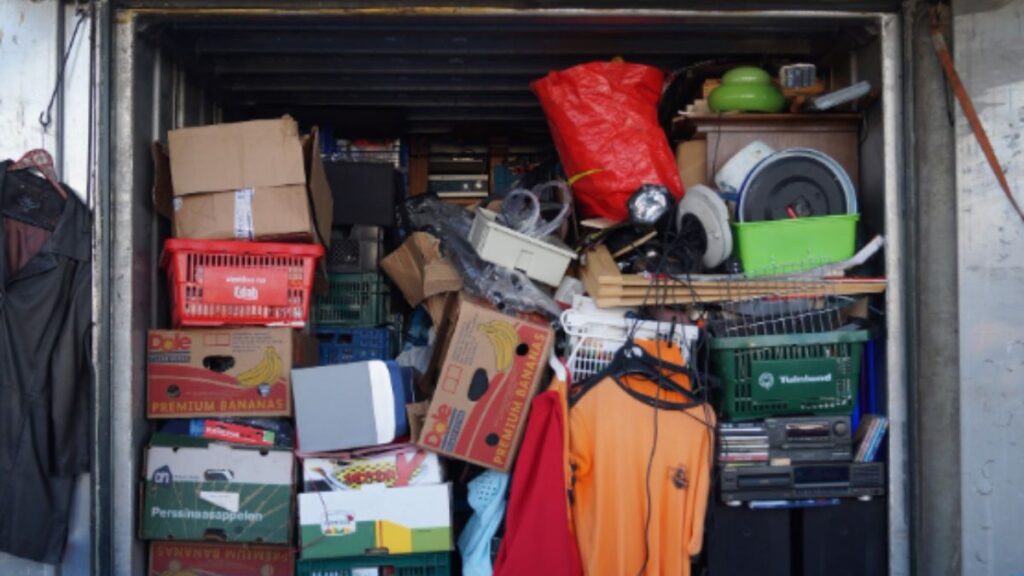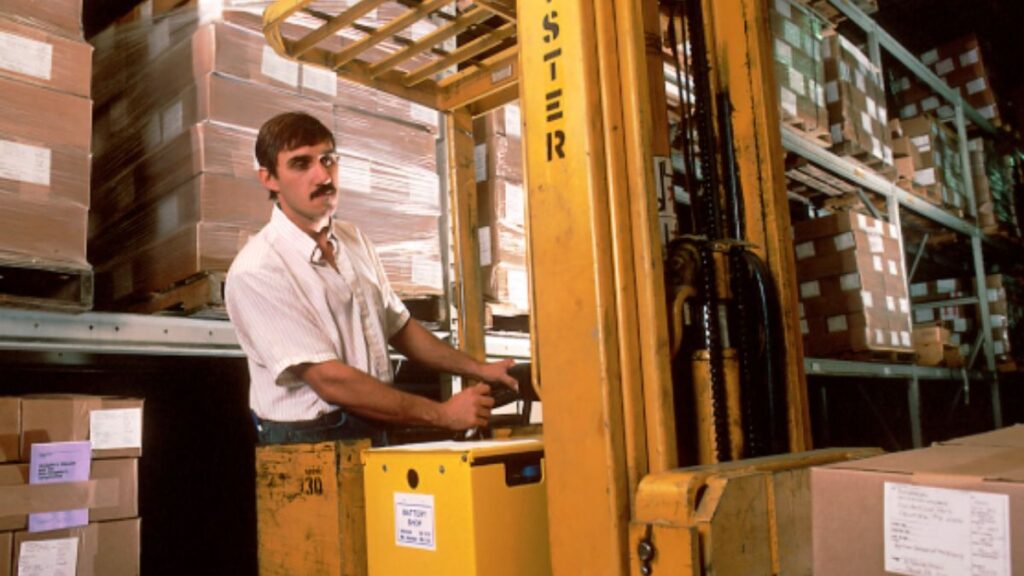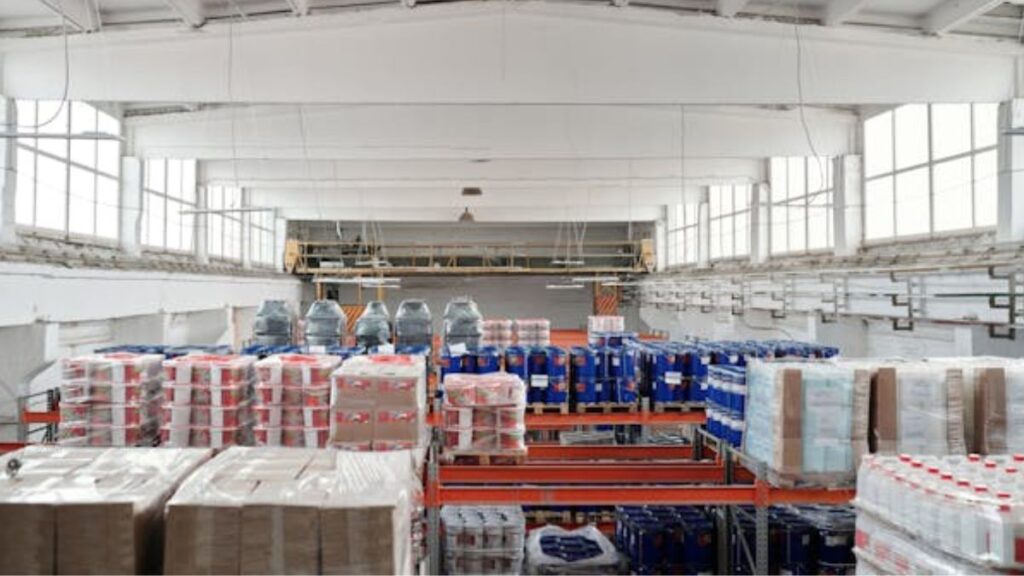Whether you’re moving, decluttering, or needing temporary space for a business, selecting the appropriate unit size ensures efficiency and cost-effectiveness. Self-storage options vary greatly in size, catering to diverse needs, which can make the selection process even more frustrating.
The good news is that with the right understanding of your requirements and careful consideration, you can simplify the decision-making process. Take a closer look at how you can determine the best size storage unit that suits your specific needs.

Understand Your Storage Needs
Before even browsing available storage units, assess your specific storage requirements. List all the items you plan to store: furniture, boxes, equipment, and any other personal belongings. Because different items may require different types of storage solutions, don’t forget to measure your items. Once you know your needs comprehensively, you’ll avoid choosing a unit that’s either too small or unnecessarily large.
Knowing what to store will guide you as you evaluate your options for self storage so that you find a unit that’s a perfect fit. The next step is to rent a storage unit from Storology Storage or another reputable provider in your location. They can offer different-sized units according to your specific needs.
Consider Seasonal and Long-term Items
Seasonal items such as holiday decorations, winter clothes, or outdoor furniture may require smaller units since they are only used periodically. On the other hand, if you need to store long-term items like family heirlooms, furniture, or even business documents, a larger space may be appropriate. Take an inventory of all items to determine which ones will be stored for a short time versus those that need long-term storage.
Frequent access may also necessitate a size that allows easy navigation and reach to your belongings. For items that are accessed rarely, you may choose a more compact unit that permits stacking boxes safely without hassle.
Evaluate the Size Variations
Self-storage facilities offer various unit sizes, typically ranging from small lockers to large warehouse spaces. Familiarizing yourself with these variations will help you make more informed decisions. A small unit, typically 5×5 feet, is comparable to a closet and can hold boxes or small items. A medium unit, around 10×10 feet, can accommodate the contents of a one-bedroom apartment. Lastly, larger units like 10×20 feet can hold larger furniture and appliances, suitable for multi-bedroom homes or business storage.
Some facilities even offer custom solutions. In this case, consult storage providers to discuss their offerings and find the size that aligns with your inventory. Accurate assessments will save you time and costs incurred from having to change units later.
Plan for Future Needs
Life is unpredictable, and circumstances may change, resulting in more items requiring storage in the future. If you believe you will need additional space down the line, secure a larger unit as soon as possible. Evaluate how your space will evolve with your situation so that you won’t have to go through the hassle of relocating items later.
Even factor in the possibility of acquiring new items. If you regularly shop or plan to accumulate seasonal items in the near future, selecting a unit with a little extra space might be a wise decision. Think ahead regarding potential scenarios that might arise, and ensure your choice can adapt accordingly.
Maximize Space Efficiency
Now that you’ve determined the appropriate unit size, maximizing the space’s efficiency becomes your next focus. Utilize vertical storage by stacking boxes higher rather than spreading them across the floor. Invest in shelving units to create a more organized environment.
When packing boxes, utilize standard sizes to help with stacking, and ensure you tape them securely to prevent collapse under weight. Clearly mark the contents on the exterior to aid easy identification and help you find what you need on the spot. Good spatial management optimizes storage and enhances accessibility.
Understand Access Requirements and Fees
Different storage facilities may have varying policies regarding access and fees associated with your unit. When choosing a self-storage unit, understand how often you will need access to your belongings and the corresponding fees that might be involved. Some facilities offer 24/7 access, while others may only allow visits during specific hours. Fees can change based on the unit size and the expected number of visits per month.
Make sure you inquire about potential additional costs beyond the base rental fee, such as insurance, security, or administrative fees. Reviewing your expected frequency of visits against the costs can significantly affect your overall budget. It’s always better to review this information thoroughly to avoid unexpected surprises once you’ve already committed to a particular storage solution.

Selecting the right size self-storage unit doesn’t need to be overwhelming. When you clearly identify your needs, evaluate size options, and consider future usage, you can make a well-informed decision. With the right approach, you’ll have a straightforward way to find the most suitable storage solution for your belongings.







